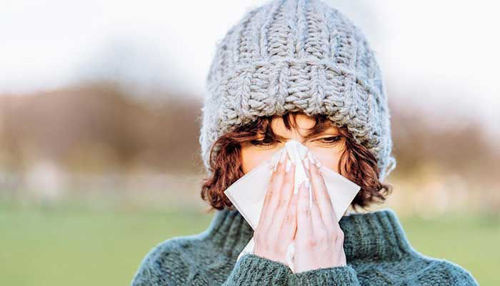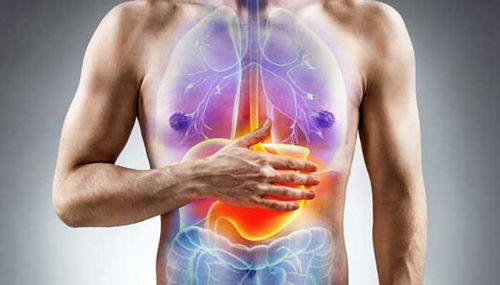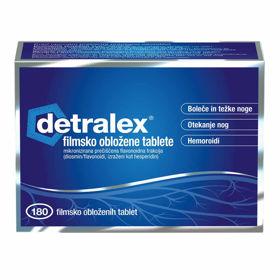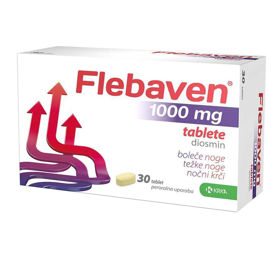A varicose vein is an enlarged, swollen, and coiled vein usually found in the legs and feet. It occurs when the valves in the veins of the legs weaken and, as a result, fail to pump blood back to the heart properly. This causes blood to flow back into the legs and collect in the veins, causing them to dilate. Varicose veins can cause discomfort, swelling, and pain in the affected area and can even: cause skin ulcers, blood clots, and inflammation of veins.
VARICOSE VEINS - varicose veins: Symptoms of varicose veins | Consult a doctor | Causes of varicose veins | Treatment | Conventional Medicine | Alternative Modes | A way of life | Prevention | Questions, and Answers | Sources/references
Symptoms of varicose veins
- Distinct, dark blue veins, especially on the legs and feet.
- Painful, sensitive, and heavy legs; swelling of the ankles or feet after a long period.
- Swollen, stringy, bluish veins are a sign of superficial varicose veins.
Picture: the appearance of varicose veins or varicose veins
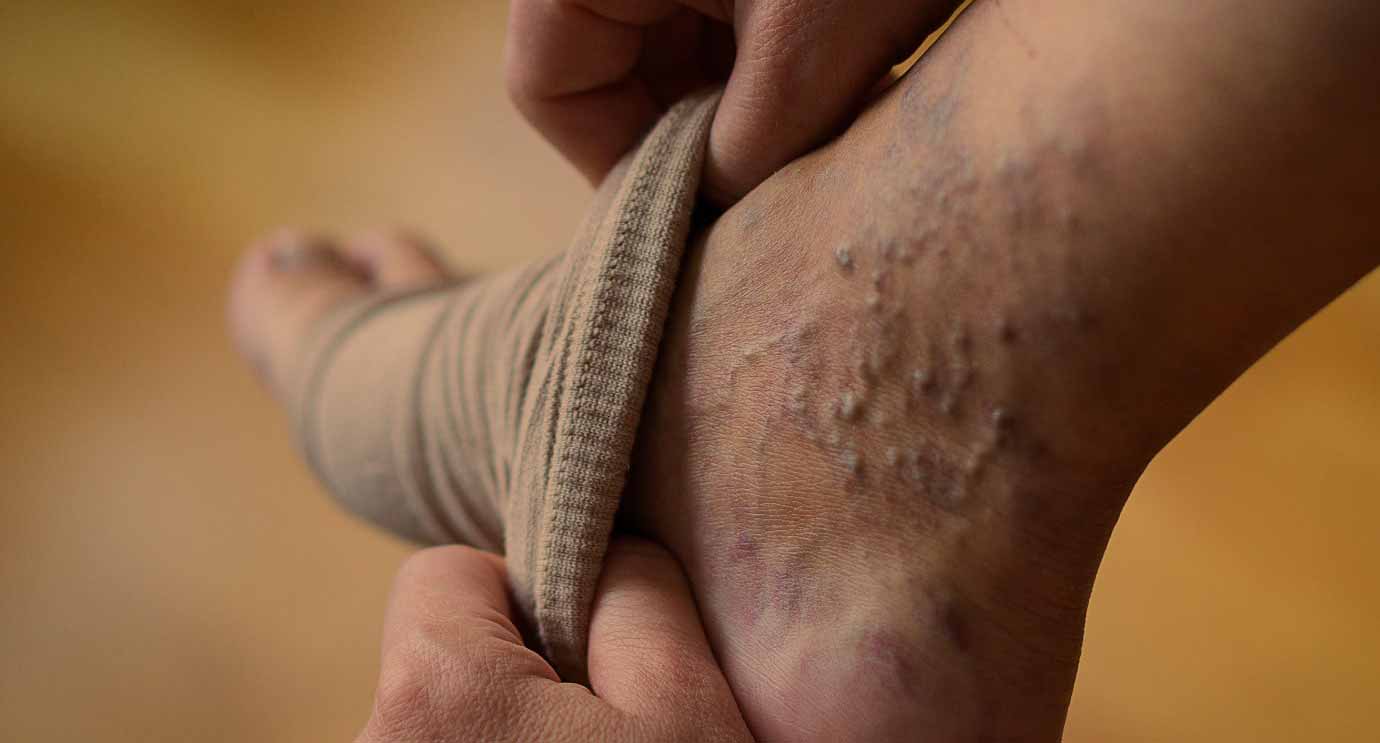
- Pain and heaviness in the limb, sometimes with swelling but without pronounced or visible blue veins, can be signs of deep varicose veins.
- Discoloration and peeling of the skin, skin ulcers, and constant, not just occasional, pain means severe varicose veins.
CONSULT YOUR DOCTOR IF:
- Swelling is pronounced, or if the skin over the varicose veins begins to peel, ulcers, discoloration, or a tendency to bleed appear. You may remove the affected veins to prevent further discomfort and potentially more severe vascular problems in that area.
- One or more varicose veins. This can be a sign of phlebitis, a severe vein disease.
- A varicose vein opens due to injury. Control bleeding and provide follow-up treatment to prevent bleeding.
Varicose veins usually appear as bulging, bluish cords that run just under the skin's surface. They can develop anywhere on the body but most often affect the legs and feet.
; Layers of wide capillaries sometimes surround visible dilated and tortuous veins. The so-called i. spider veins are called superficial varicose veins. Although they can be painful and unsightly, they are usually harmless. However, if they become inflamed, they become sensitive to the touch and can obstruct blood flow to the extent that the ankles swell, the skin starts to itch, and the affected leg hurts.
Video content: how does a varicose vein form?

In addition to the superficial venous network, there is also an internal, deep network of veins in the legs. Deep veins rarely become varicose. These deep varicose veins are usually not seen, but they can cause swelling or pain in the entire leg. Deep varicose veins are places where blood clots can form. In addition, inflammation of the deep veins (thrombophlebitis) in the thighs or pelvis can cause pulmonary embolism, potentially fatal.
Varicose veins are relatively common, and many people have a family tendency to them. They are at least twice as common in women as in men. It is estimated that almost 10% of adult men and 20% of adult women have varicose veins to some extent.
CAUSES
Arteries must transport oxygen-rich blood from the lungs to all body parts and have a thick layer of muscle or flexible tissue in their walls. The veins through which the blood returns to the heart depend mainly on the surrounding muscles and venous valves, ensuring a one-way blood flow. As blood flows through the vein, the cup valves alternately open to allow blood to pass through and close to prevent backflow.
The expansion of the veins, which is the reason for varicose veins, results from a chronic increase in pressure in the veins. With the development, the vein walls become broader, and the valves no longer close properly, making it difficult for the muscles to push the blood "up." Instead of blood flowing from one valve to another, it begins to pool in the vein, further increasing venous pressure and stasis, causing the veins to swell and twist. Because superficial veins have less muscle support than deep ones, pogohundred become spasmodic.
Image: showing a usual vein and functioning valves on the left side and defective ones on the right side of the picture.
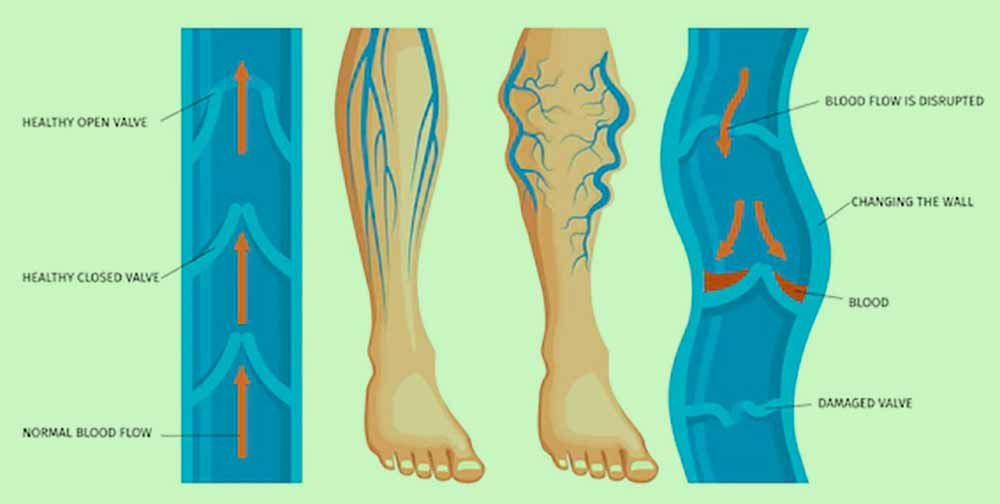
Any condition that significantly increases the pressure in the legs or abdomen can lead to the formation of varicose veins. The most common causes are pregnancy, obesity, and long-term condition. Chronic constipation and - in rare cases - tumors - can also cause the formation of varicose veins. A predominantly sedentary lifestyle contributes to their appearance because unconditioned muscles do not provide sufficient pumping. The possibility of varicose veins increases with age because the veins become weaker. Contrary to popular belief, sitting cross-legged does not cause varicose veins but can worsen the existing condition.
HEALING
Mild varicose veins usually do not require medical attention. However, the discomfort they cause can be alleviated with essential home remedies and various alternative medicines.
CONVENTIONAL MEDICINE
In most cases, superficial varicose veins do not require medical intervention, but they should not be neglected. The doctor will probably recommend elastic support stockings, which can be obtained mainly from pharmacies to ease the problem. Support stockings help the muscles push blood up by increasing the external pressure in the ankle area. You have to put them on in the morning before you get up. Lift each leg separately and pull the sock evenly over it. The socks must not press you in the thighs, buttocks, or groin area, and you must wear them all day.
To relieve occasional swelling and pain, your doctor will probably advise you to take an anti-inflammatory drug available without a prescription, e.g., acetylsalicylic acid or ibuprofen. If you notice that discoloration or an ulcer appears in the area of the varicose vein, do not delay a visit to the doctor. The same advice applies if you have constant pain.
VENOUS VALVES
A standard valve in a vein opens to allow blood to flow toward the heart and then closes tightly to prevent blood from flowing back. However, the valves cannot close properly if the vein is weakened or dilated due to excessive pressure.
Video content: venous valves and veins - how do they work?

Blood stagnates in the vein, causing it to swell and twist. Varicose veins, typically bluish, are most common just under the skin but can also appear more profound in the tissue.
No apparent external cause; you may have deep varicose veins.
Varicose veins can be removed in several ways. Spider veins can be eliminated with a simple laser treatment. For mildly expressed superficial varicose veins, sclerotherapy is considered: a particular substance, the so-called i. sclerosing agent, injected into a vein. This causes its walls to stick together so that blood can no longer flow through it. Surgical removal or extraction (stripping with a foreign body) is appropriate in more pronounced cases. Unfortunately, no treatment can prevent the formation of new varicose veins. Before deciding on a specific method, consult a dermatologist or vascular surgeon about all options.
ALTERNATIVE MODES
To manage varicose veins, try a two-pronged approach: natural remedies to ease the problem and preventive measures to maintain physical condition and strength.
Video content: the disappearance of varicose veins in three simple steps.

AROMATHERAPY
With the many oils available, you can tailor aromatherapy to your needs.
Rosemary oil (Rosmarinus officinalis) rubbed gently into the affected area can help stimulate flow by dilating the capillaries.
Video content: varicose veins and essential oils

Cypress and chamomile oil (Matricaria recutita) helps against swelling and inflammation and helps relieve pain.
WORK WITH THE BODY
Regular massage can significantly ease the discomfort that accompanies varicose veins. A trained massage therapist starts on the feet and massages the legs up to the hips and along the lymphatic system to eliminate fluid stagnation in the tissues. Also, other ways, e.g., reflexology and acupressure, can help alleviate varicose veins' symptoms.
CHIROPRACTIC
To treat varicose veins, chiropractic medicine combines diet and lifestyle adjustments with skeletal manipulation.
Image: meditation has many positive effects on the organism.
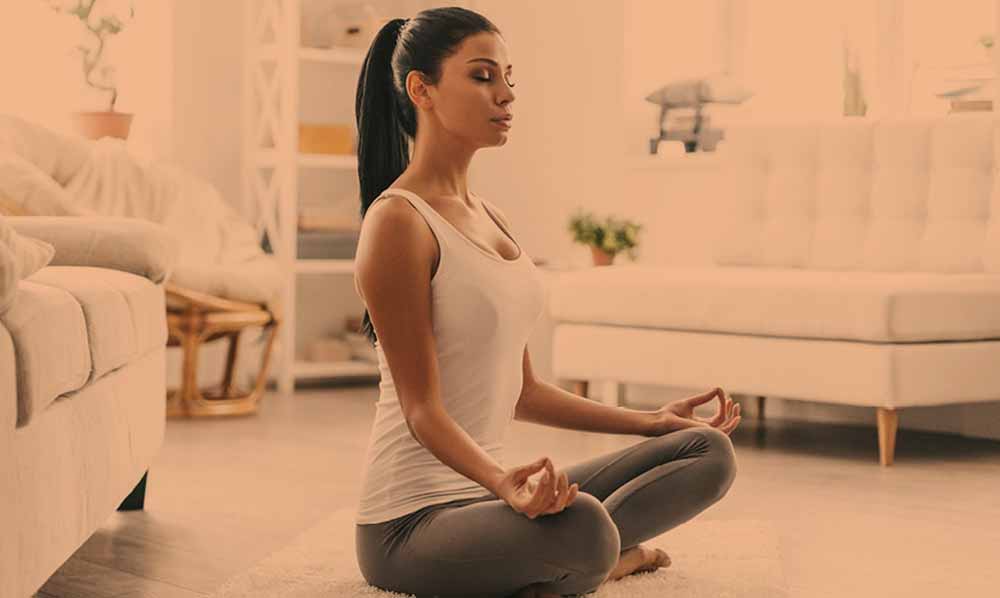
Manipulations that, e.g., ease the pelvis load and improve blood flow and other fluids throughout the body. Do yoga and meditation as well.
HERBS
Many plants have a reputation as a traditional folk remedy against varicose veins, and some have also been extensively scientifically studied.
Ginkgo (Ginkgo biloba), hawthorn (Crataegus laevigata), and bilberry (Vaccinium myrtillus) are all said to strengthen blood vessels and improve circulation in the body's periphery.
Tinctures or local ointments from horse chestnut (Aesculus hippocastanum) and prickly horsetail (Ruscus aculeatus) are recommended for their tonic and anti-inflammatory effect on veins; Lobodika can also be prepared as a tea.
Use lotion from distilled witch hazel (Hamamelis virginiana) against the skin irritation accompanying varicose veins. To eliminate the accumulations of a particular protein, fibrin, which makes the skin around varicose veins hard and lumpy, eat bell peppers (Capsicum frutescens), garlic (Allium sativum), onions, ginger (Zingiber officinale) and pineapple because they contain bromelain. This enzyme stimulates the breakdown of fibrin.
HOMEOPATHY
For the long-term treatment of varicose veins, the homeopath will probably prescribe a constitutional medicine with the strength and dosage most suitable for your symptoms. Pulsatilla is one of the commonly used remedies.
You can try one of the over-the-counter homeopathic remedies for immediate relief of specific symptoms. Witch hazel cream in a 6x to 15C solution, applied to a bruised or possibly bruised area, can help with soreness. According to the attached instructions, Hamamelis 6x to 15C can also be consumed for general relief. Belladonna strength 12x or 12C four times daily is recommended for red, hot, swollen, and sensitive varicose veins.
HYDROTHERAPY
Pains due to superficial varicose veins can be eliminated by washing (with a sponge) or spraying the legs with cold water. Hot and cold baths can slow the progression of varicose veins in the feet and ankles. Soak your feet in warm water for 1 to 2 minutes, then in cold water for half a minute; so alternate baths for 15 minutes. You can add aromatherapy oil to the water.
WAY OF LIFE
Maintaining general fitness - both through diet and physical activity - is key to preventing the formation of varicose veins. Aerobic exercise (30 minutes a day, several times a week) will help manage your weight while toning and strengthening your veins. You can start, e.g., in the morning with a brisk walk or end the day with swimming or cycling.
If you already have varicose veins, a program of special exercises tailored to your needs, preferably under the guidance of an experienced therapist, can help you manage them.
MEDICINE OF SPIRIT AND BODY
Yoga can be particularly beneficial for varicose veins with stretching and relaxation exercises. Certain positions, e.g., plow, corpse, and half candle, promote circulation and blood drainage from the legs. In addition, the deep breathing exercises you learn to practice yoga can relieve the discomfort by increasing the amount of oxygen in your blood.
CHANGE THE BED
People with varicose veins are often advised to elevate their legs while resting and sleeping. But before you rush into the bedroom armed with pillows and bricks - or start building makeshift scaffolding at the foot of the bed - consider replacing the mattress.
Picture: it is possible to use bed accessories.
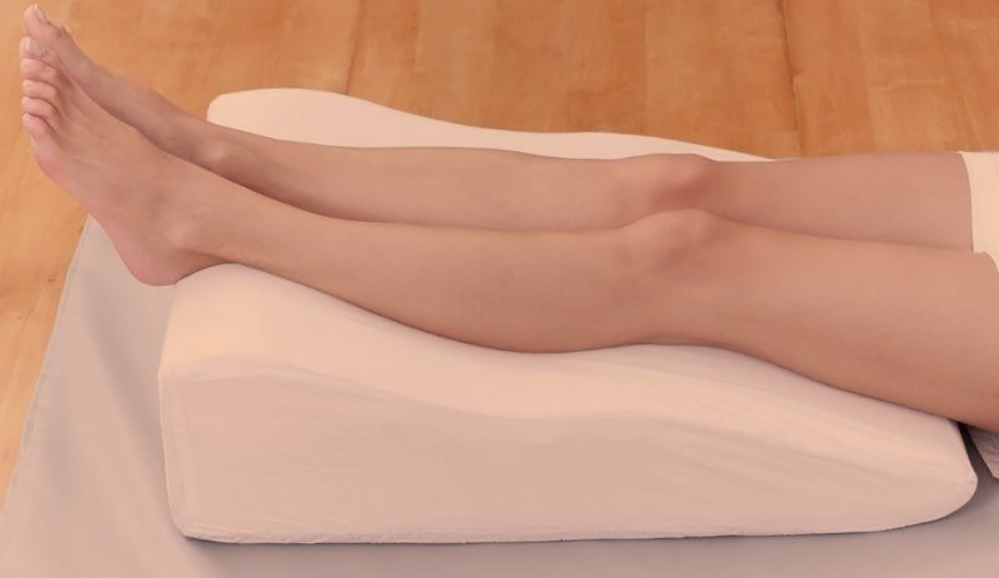
If you buy an adjustable hospital-like bed, you can keep your legs elevated all night, which will also help with lower back pain. Another - perhaps more attractive - option is an adequately designed waterbed. Waterbeds change their surface and adapt to the body, reducing the discomfort caused by sensitive veins in the places where they come into contact with the substrate.
NUTRITION
Nutrition plays a crucial role in everyone's varicose vein treatment program. Your goal should be to improve blood circulation and maintain a healthy weight. Extra fat in the body increases water retention and the load on the legs and abdomen, thus worsening each varicose vein's condition. To reduce excess fat, eat foods low in fat, sugar, and salt and high in fiber. To improve the healthy passage of nutrients and waste through the body, make fruits, vegetables, and whole grains the main components of your diet. Also, drink a lot, especially water.
Some vitamins and bioflavonoids - natural substances found in many types of fruits and vegetables - can improve the condition of varicose veins; try 500 mg of vitamin C and 400 IU of vitamin E daily. Bioflavonoids are beneficial because they stimulate the absorption of vitamin E. Of the bioflavonoids, rutin is usually used to treat varicose veins. It is found in various foods, including citrus fruits, apricots, blueberries, blackberries, cherries, rose hips, and buckwheat. In addition, the lesser-known bioflavonoid quercetin also seems promising for treating varicose veins. Preparations of bioflavonoids can be bought in some pharmacies.
HOME REMEDIES
The discomfort caused by varicose veins can be reduced. To relieve painful swelling and inflammation, rest often, wear supportive socks, and take one or two aspirin or ibuprofen tablets daily until the condition improves. If you like to sit with your legs crossed, cross them at the ankles rather than at the knees; this way, you will not obstruct blood flow. Take a break and elevate your legs: rest periods with your feet five or ten inches above heart level. Use gravity in your favor and help the blood pool in your legs drain away. To further improve the flow, women should wear not high-heeled shoes but low-heeled ones and comfortable, looser clothing.
PREVENTION
- Exercise regularly! Keeping fit is the best way to maintain strong muscles, normal blood flow, and a healthy weight.
- Eat foods that are low in fat, sugar, and salt. Drink plenty of water. Take vitamin C and E supplements, which are essential for vascular health.
- If your job requires you to be on your feet all the time, stretch and exercise your legs as often as possible; this will speed up circulation and reduce pressure build-up.
Video content: Varicose veins - 10 preventive tips

- If you smoke, stop. Research shows that smoking can contribute to an increase in blood pressure, which in turn worsens varicose veins.
- If you are pregnant, sleep on your left side rather than your back; this will reduce the pressure on the uterus and veins in the pelvis. This position will also improve blood flow to the baby.
Questions and Answers
What are varicose veins or varicose veins?
Varicose veins are veins that expand and become visibly swollen due to the condition of the veins in the leg area. They most often appear on the legs but can also appear on other body parts.
What causes varicose veins?
Varicose veins can occur when the so-called "valves" in the veins are weakened or damaged, which leads to stagnation of blood in the legs and, over time, to the formation of an unpleasant appearance of the veins on the outside. Obesity, pregnancy, and age are risk factors for forming this type of varicose veins.
How are varicose veins treated?
Treatment of varicose veins can be conservative or surgical.
Conservative treatment may include wearing compression stockings, changing and adjusting your diet and exercise to improve circulation, or using medications that can help reduce swelling.
Video content: sclerotherapy, how is it performed?

Surgical treatment may include sclerotherapy, laser therapy, or the removal of varicose veins.
Are varicose veins dangerous?
A varicose vein is not a dangerous condition in itself. Still, it can cause problems with circulation, and if it happens in several different veins, the legs can also cause unpleasant pain in the legs. In some cases, varicose veins can also cause skin ulcers or thrombosis, a significant health problem. That's why it's essential to consult a doctor when you notice varicose veins and consult with him about a suitable treatment.
How can I prevent varicose veins?
To prevent the formation of varicose veins, it makes a lot of sense to adjust your daily habits and simultaneously ensure a healthy lifestyle. This can include regular exercise, a nutritious diet, wearing elastic compression stockings, and limiting prolonged sitting or standing.
What is the leading cause of varicose veins?
Varicose veins are usually the result of weak vein walls and valves. Tiny one-way valves in your veins open to let blood through and then close to prevent it from flowing back. However, sometimes the walls stretch out and lose elasticity, causing the valves to weaken[1].
What is the best medicine to remove varicose veins?
More prominent varicose veins are usually treated with ligation and removal and laser or radiofrequency treatment. In some cases, combining treatments and the abovementioned techniques may work best for treating more prominent varicose veins. Smaller varicose and spider veins are usually treated with sclerotherapy or laser therapy on the very surface of your skin[2].
What are the risk factors for the formation of varicose veins?
Risk factors are as follows:
Age: Aging causes wear and tear on the valves in the veins that help control blood flow. ...
Sex: women are more likely to develop varicose veins ...
Pregnancy: during pregnancy, the body's blood volume increases . ...
Family history. ...
Obesity ...
Prolonged standing or sitting[3].
How does a varicose vein appear?
Varicose veins can appear for various reasons, but mainly due to being overweight, sedentary lifestyle, age, pregnancy, and heredity. In addition, the venous condition can worsen due to prolonged standing on the feet or even inappropriate footwear.
Varicose veins - what are the main symptoms?
The main symptoms of already-formed varicose veins are as follows:
- swollen and painful leg
- stiff legs
- leg cramps
- skin changes such as redness, peeling, or cracking
Is walking suitable if you suffer from varicose veins?
Although exercise will not cure existing varicose veins, it can help improve symptoms and reduce the risk of developing new ones. Walking, cycling and swimming are excellent exercises that are easy and gentle on the joints and help blood flow to varicose veins.
Is it acceptable if varicose veins are not treated?
If varicose veins are not treated, this condition can cause further problems, such as skin ulcers due to small incisions or minor wounds that persistently refuse to heal. In addition, the area will swell, and the tension from the veins prevents the swelling from going down. To cure vein problems, you will first need to fix the node.
Which food worsens the condition of varicose veins?
The most suitable diet for varicose veins:
- Fried food. This can clog the arteries and thus make it difficult for blood to flow through them.
Picture: diet suitable for patients with varicose veins.
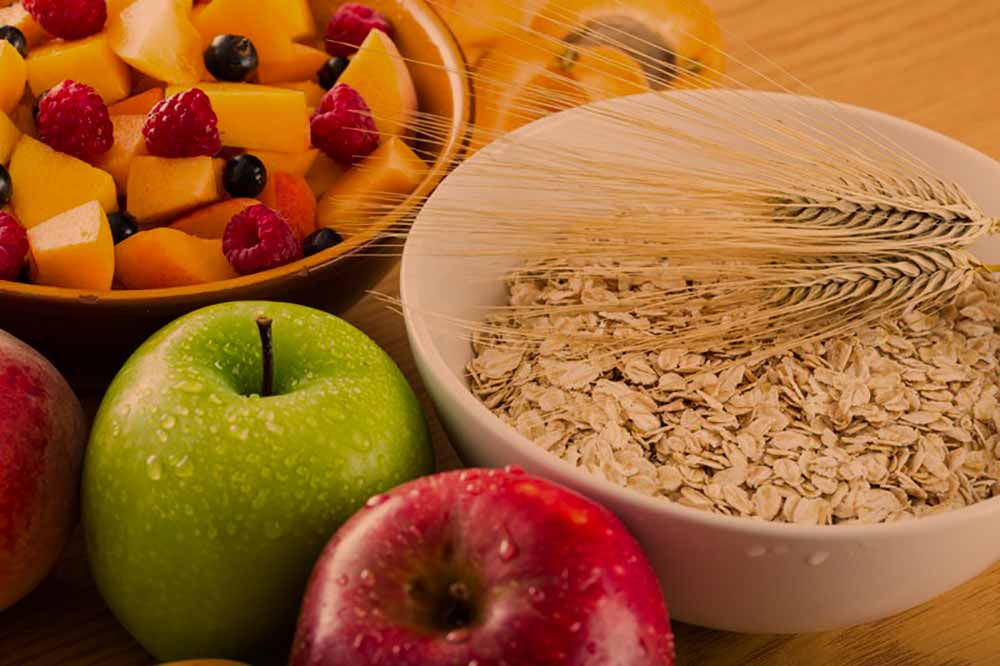
- Milk and cheese can slow down the digestive system and cause constipation, which further causes the remaining veins to swell.
- Processed meats ...
- White bread ...
- Alcohol.
When should I be concerned about varicose veins?
What to watch out for?
If you feel pain or notice swelling or discoloration in the leg area, these may be signs of a more severe problem, so you should consult a doctor immediately.
Other symptoms may include burning, cramping, itching, or throbbing in the legs, and some people may also experience restless leg syndrome.
Sources and references
Source: Family Health Guide. Conventional and alternative treatment, Dr. Jajo Lajovic, Publishing House Mladinska knjiga
1. Causes of varicose veins- https://www.nhs.uk/conditions/varicose-veins/causes/
2. When Should I Worry About Varicose Veins? - https://www.houstonmethodist.org/
3. Varicose veins - https://www.mayoclinic.org





